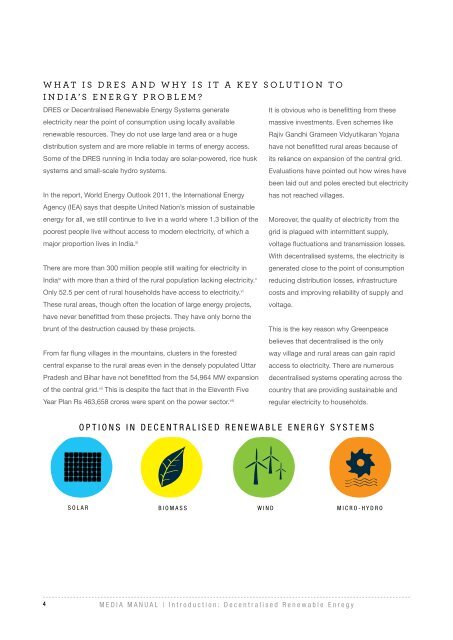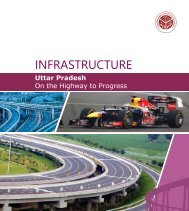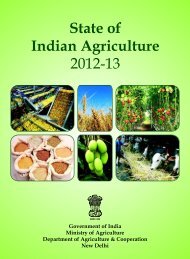media manual_low res final
media manual_low res final
media manual_low res final
Create successful ePaper yourself
Turn your PDF publications into a flip-book with our unique Google optimized e-Paper software.
What is DRES and why is IT a key solution to<br />
India’s energy problem?<br />
DRES or Decentralised Renewable Energy Systems generate<br />
electricity near the point of consumption using locally available<br />
renewable <strong>res</strong>ources. They do not use large land area or a huge<br />
distribution system and are more reliable in terms of energy access.<br />
Some of the DRES running in India today are solar-powered, rice husk<br />
systems and small-scale hydro systems.<br />
In the report, World Energy Outlook 2011, the International Energy<br />
Agency (IEA) says that despite United Nation’s mission of sustainable<br />
energy for all, we still continue to live in a world where 1.3 billion of the<br />
poo<strong>res</strong>t people live without access to modern electricity, of which a<br />
major proportion lives in India. iii<br />
There are more than 300 million people still waiting for electricity in<br />
India iv with more than a third of the rural population lacking electricity. v<br />
Only 52.5 per cent of rural households have access to electricity. vi<br />
These rural areas, though often the location of large energy projects,<br />
have never benefitted from these projects. They have only borne the<br />
brunt of the destruction caused by these projects.<br />
From far flung villages in the mountains, clusters in the fo<strong>res</strong>ted<br />
central expanse to the rural areas even in the densely populated Uttar<br />
Pradesh and Bihar have not benefitted from the 54,964 MW expansion<br />
of the central grid. vii This is despite the fact that in the Eleventh Five<br />
Year Plan Rs 463,658 cro<strong>res</strong> were spent on the power sector. viii<br />
It is obvious who is benefitting from these<br />
massive investments. Even schemes like<br />
Rajiv Gandhi Grameen Vidyutikaran Yojana<br />
have not benefitted rural areas because of<br />
its reliance on expansion of the central grid.<br />
Evaluations have pointed out how wi<strong>res</strong> have<br />
been laid out and poles erected but electricity<br />
has not reached villages.<br />
Moreover, the quality of electricity from the<br />
grid is plagued with intermittent supply,<br />
voltage fluctuations and transmission losses.<br />
With decentralised systems, the electricity is<br />
generated close to the point of consumption<br />
reducing distribution losses, infrastructure<br />
costs and improving reliability of supply and<br />
voltage.<br />
This is the key reason why Greenpeace<br />
believes that decentralised is the only<br />
way village and rural areas can gain rapid<br />
access to electricity. There are numerous<br />
decentralised systems operating across the<br />
country that are providing sustainable and<br />
regular electricity to households.<br />
OPTIONS IN Decentralised Renewable Energy Systems<br />
SOLAR<br />
biomass<br />
wind<br />
micro-hydro<br />
4<br />
MEDIA MANUAL | Introduction: Decentralised Renewable Enregy





